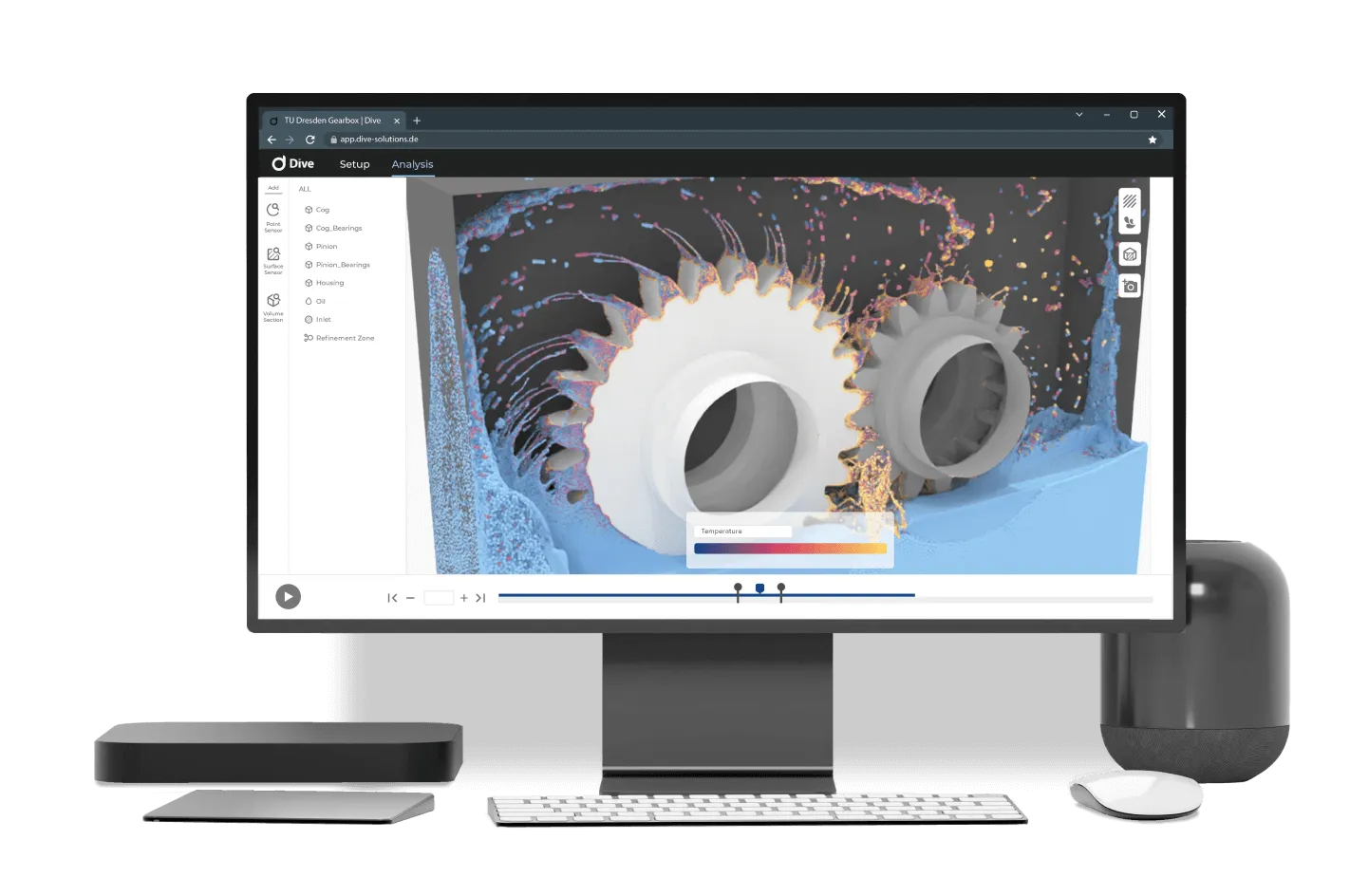
In the fast-paced realm of the transport industry, staying ahead requires a continuous effort to keep up with rapid technological advancements. From materials to design and manufacturing processes, the need for innovation is constant. To remain competitive, companies face the challenge of making significant investments in research and development. Compliance with rigorous safety, emissions, and performance standards is paramount, reflecting the industry's commitment to sustainability and energy efficiency.
Global supply chain disruptions add another layer of complexity, impacting the availability of essential raw materials, components, and finished products. Intense competition places significant price pressures on manufacturers, prompting a delicate balance between optimizing production costs and maintaining high-quality standards. Ensuring the quality and reliability is a critical aspect, aligning with both industry standards and customer expectations.
In the face of these challenges, the transport industry grapples with an iterative process of designing, prototyping, and testing. Inadequate cooling systems pose risks of reduced performance and increased wear or damage, necessitating solutions to speed up product development and troubleshooting turnaround time.
Embracing simulation-driven design emerges as a strategic solution for the transport industry. It accelerates time-to-market and reduces the need for extensive physical testing, enabling faster and more informed engineering decisions. This approach not only saves costs but also enhances the iterative process, providing the technical insights needed to foster new design ideas and maintain a competitive edge.
Simulation-driven design allows for broader and earlier verification of designs, minimizing the risk of product failure and costly maintenance. By leveraging mesh-free technology, user-friendly automation, and collaborative workflows, design engineers can efficiently conduct simulation studies independently, freeing up simulation experts to focus on more complex inquiries and ensuring modeling quality.
In essence, simulation-driven design empowers the transport industry to navigate challenges with efficiency, speed, and technical precision, ultimately fostering innovation and maintaining a competitive position in an ever-evolving landscape.

If your engineering team is dealing with liquids and heat management, chances are this is the right software for you.
Use the Dive CFD software, free for a week, including service by a Customer Success Engineer who will ensure successful results for your project. No strings attached. Comfortably evaluate your project before you commit to a subscription.

A Dive representative will contact you, typically within 1 business day. Note: Only registrants with valid use cases will be contacted.